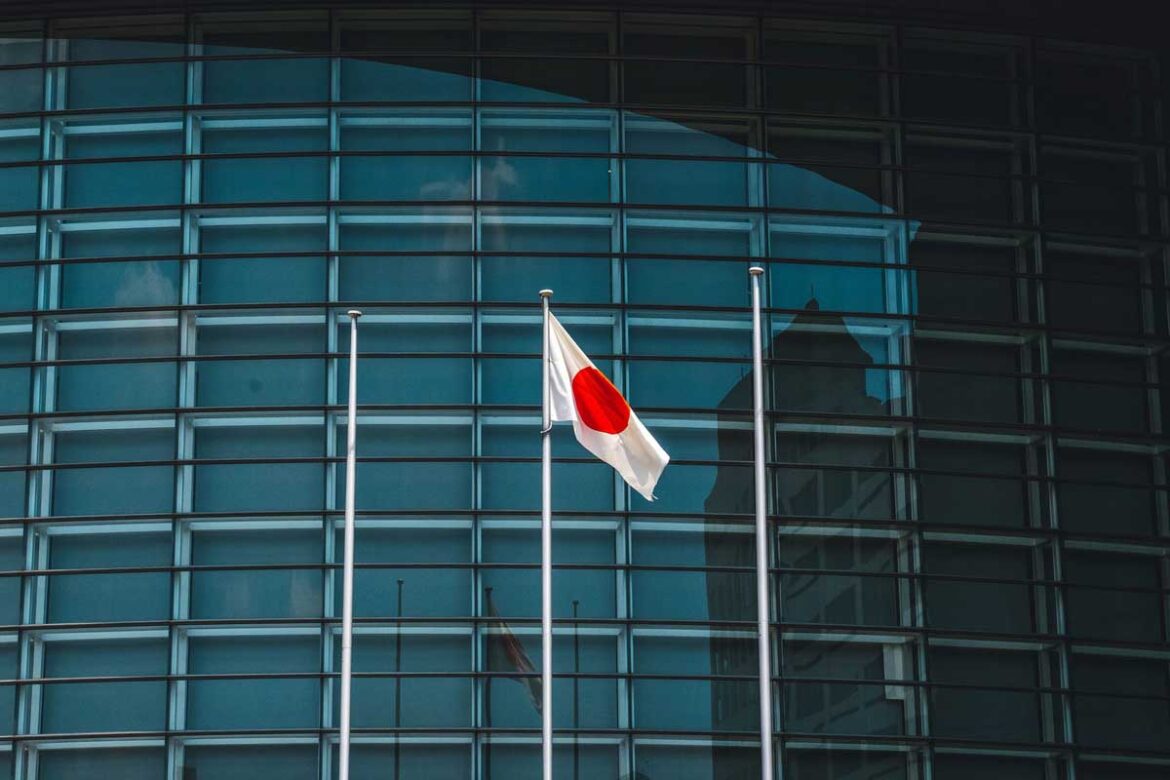Japan’s newly appointed Prime Minister Sanae Takaichi is heading into her first major diplomatic test as she prepares to host U.S. President Donald Trump in Tokyo next week. Takaichi, the first woman to hold Japan’s top office, was sworn in on Tuesday amid political fragility her coalition government is two votes short of a majority in parliament. A staunch conservative and self-professed admirer of Margaret Thatcher, Takaichi has long advocated a stronger national defence posture and greater military autonomy. Her rapid ascent coincides with a shifting political landscape: she broke a 26-year coalition between the ruling Liberal Democratic Party (LDP) and the pacifist Komeito, choosing instead to align with the right-wing Japan Innovation Party (Ishin). This realignment frees her to pursue long-constrained security goals, but also exposes her to domestic vulnerability and diplomatic scrutiny.
Key Issues
The Takaichi government faces a delicate balancing act between strategic ambition and political constraint. On one hand, the new alliance with Ishin removes the traditional pacifist brake that limited Japan’s defence agenda under previous administrations. Both parties favour constitutional revision, a stronger military, and relaxed rules on arms exports. Ishin has even proposed a nuclear-sharing arrangement with the United States a dramatic break from Japan’s “three non-nuclear principles.”
However, Takaichi’s domestic footing remains weak. Her government’s slim parliamentary margin forces her to rely on opposition votes for key bills, complicating any major policy shift. The loss of Komeito, which maintained dialogue with Beijing, also reduces Tokyo’s diplomatic leverage with China. This comes at a sensitive moment: Takaichi has linked any potential conflict over Taiwan directly to Japan’s security, an approach that heightens tensions with Beijing.
Her upcoming meeting with Trump presents both an opportunity and a risk. Trump, known for his transactional diplomacy, is likely to press Japan for higher defence spending potentially up to 3% or more of GDP. While Takaichi has pledged to double Japan’s military budget to 2% over time, fiscal and political realities may prevent her from committing further.
Why It Matters
Takaichi’s leadership marks a turning point in Japan’s postwar security policy. Her government’s ideological shift toward assertiveness including constitutional revision and expanded deterrence signals a break from the cautious pacifism that has long defined Japanese politics. For Washington, her stance is welcome: Trump’s administration seeks greater military burden-sharing from allies, particularly amid rising tensions in the Indo-Pacific and the Taiwan Strait.
For China, however, Takaichi’s hardline rhetoric and her visits to the Yasukuni Shrine seen by Beijing as a symbol of Japan’s wartime aggression reinforce distrust. A spokesperson from China’s Foreign Ministry has already warned Japan to “reflect on its history of aggression” and adhere to the path of peace. Meanwhile, Japan’s neighbors and domestic opposition are wary that Takaichi’s rapid security expansion could undermine regional stability or provoke an arms race.
Political and Diplomatic Implications
Takaichi’s pivot from Komeito to Ishin opens policy space for Japan’s most hawkish security agenda in decades, but it comes with steep political costs. Her government’s lack of a clear majority could hinder defence budget approvals and strain internal consensus. If Trump pushes aggressively for spending commitments, early friction between Tokyo and Washington could emerge particularly if Takaichi cannot deliver concrete figures.
To offset this, she is reportedly preparing a U.S.-friendly economic package involving purchases of American goods such as Ford F-150 trucks, soybeans, natural gas, and investment pledges a gesture aimed at currying Trump’s favor and shoring up domestic legitimacy. The optics of her hosting Trump, possibly at the same golf course he played on with former Prime Minister Shinzo Abe in 2019, will serve both as continuity and symbolic diplomacy.
Implications for Regional Security
Takaichi’s government could mark the beginning of a new regional security era where Japan adopts a more proactive military stance alongside the U.S. Her approach mirrors Abe’s ambition to position Japan as a “normal” military power capable of deterrence against China and North Korea. However, without Komeito’s moderating influence, Japan risks diplomatic isolation or confrontation with Beijing. The Taiwan issue remains a potential flashpoint any escalation there could quickly test Tokyo’s readiness and alliance credibility.
Analysis
Takaichi’s rise embodies a critical inflection point in Japan’s identity as a security actor. Her agenda blends continuity with the late Shinzo Abe’s strategic vision and a distinct ideological assertiveness of her own. By aligning with Ishin, she has effectively declared the end of Japan’s postwar caution in defense affairs, but without the political capital to fully execute that transformation. Her ambitions resonate with a domestic audience yearning for confidence and self-reliance, yet they rest on unstable political ground.
The Trump visit will test her diplomatic dexterity. If she can project strength without alienating her fragile coalition or provoking regional backlash, Takaichi could consolidate her position as a credible leader capable of steering Japan through its most complex security environment in decades. However, if Trump’s demands expose her political weakness or if her rhetoric escalates tensions with China, her early tenure could be defined more by crisis management than reform.
In essence, Takaichi stands at a crossroads: between assertiveness and pragmatism, between ideological conviction and political survival. Her ability to balance these competing forces will determine not only the trajectory of her premiership but also Japan’s evolving role in the Indo-Pacific’s strategic order.
With information from Reuters.


AloJapan.com